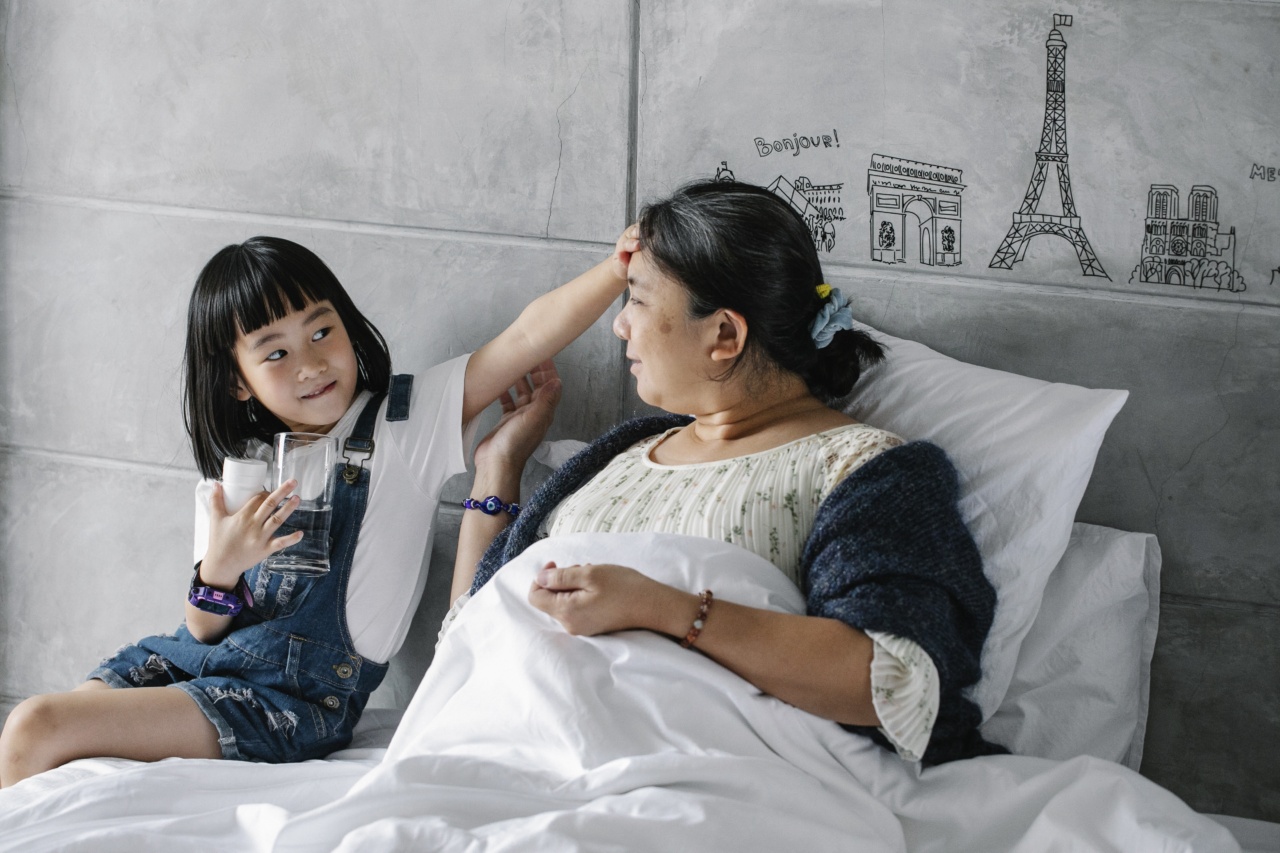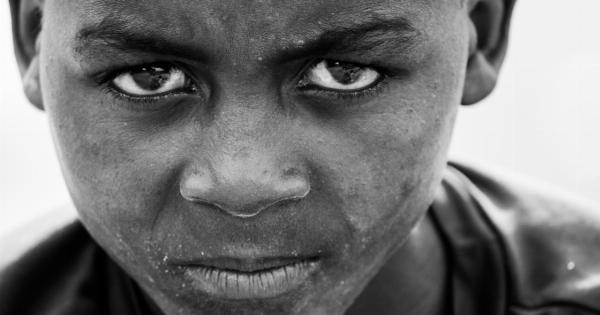Fifth Disease, also known as “slapped cheek syndrome” or Erythema infectiosum, is a childhood illness that is caused by a virus known as Parvovirus B19.
Although it is most commonly diagnosed in children, adults can also contract the illness.
What Causes Fifth Disease?
The virus that causes Fifth Disease is highly contagious and can be spread from person to person through respiratory secretions from the nose, mouth, and throat. It can also be transmitted through blood transfusion or organ transplantation.
In addition, the virus can survive on surfaces such as doorknobs, toys, and clothing, making it easy to spread among children in daycare centers, schools, and other crowded places.
Symptoms of Fifth Disease
Symptoms of Fifth Disease typically begin to appear within 4 to 14 days after exposure to the virus. The most common symptoms of the illness include:.
- Sudden onset of headache, fever, and fatigue
- Red rash that usually begins on the cheeks and spreads to other parts of the body, including the arms, legs, and trunk
- Sore throat and stuffy or runny nose
- Joint pain and swelling in some cases
Prevention of Fifth Disease
The best way to prevent the spread of Fifth Disease is through good hygiene practices such as washing hands frequently, covering mouth and nose when coughing or sneezing, and avoiding close contact with people who are sick.
In addition, children who are diagnosed with Fifth Disease should stay home from school or daycare until their rash has disappeared, which usually occurs within a week.
However, it is important to note that once a person is infected with the virus, there is little that can be done to prevent the onset of symptoms.
Treatment for Fifth Disease
There is no specific treatment for Fifth Disease, and most cases of the illness are mild and do not require medical intervention.
However, pain relievers such as acetaminophen and nonsteroidal anti-inflammatory drugs (NSAIDs) can help to relieve the symptoms of the illness, including fever and joint pain.
In severe cases of the illness, hospitalization may be required to treat complications such as anemia, which can occur in rare cases.
Fifth Disease and the Sun
One of the most common myths surrounding Fifth Disease is that it is caused by exposure to the sun. While it is true that sunlight can trigger a rash in some people who are infected with the virus, this is not the primary cause of the illness.
In fact, the rash that is associated with Fifth Disease is a reaction to the virus itself and not to sunlight. While exposure to sunlight can exacerbate the symptoms of the illness, it does not cause the illness itself.
Conclusion
Fifth Disease is a common childhood illness that is caused by a virus known as Parvovirus B19. While it is usually mild and does not require medical intervention, it can cause complications in rare cases.
The best way to prevent the spread of Fifth Disease is through good hygiene practices such as frequent hand washing and staying home from school or daycare when infected.
While exposure to sunlight can exacerbate the symptoms of the illness, it is not the primary cause of Fifth Disease.





























